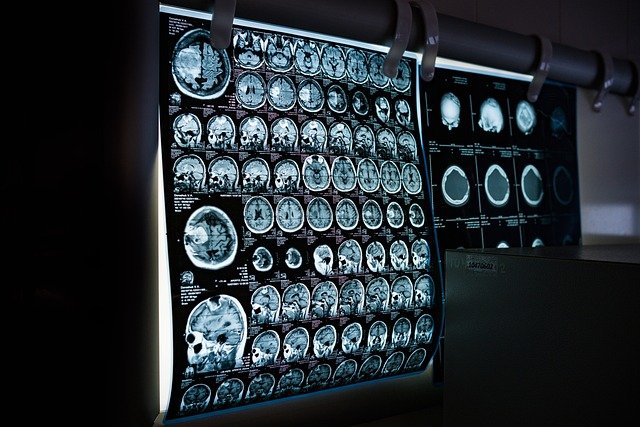Rediscovering the Wonders of Rotary Engines
We all remember the days when the roar of a rotary engine was music to our ears. The smoothness with which they ran, and the unique power delivery they offered, was something to behold. However, the rotary engine seemed to fade away with time. But what if it were to make a comeback? Let's delve into this unique automotive marvel, explore its past and present, and speculate about what the future might hold.

A Brief History of Rotary Engines
Rotary engines, also known as Wankel engines, were first conceived by a German engineer named Felix Wankel in the 1950s. The engine operates on the principle of a spinning rotor inside an oval-like chamber. It differs from traditional piston engines, which operate on linear up and down movements. The rotary engine’s unique operation results in a remarkably smooth power delivery.
Despite its advantages, the rotary engine fell out of favor due to a few key challenges: poor fuel efficiency, high emissions, and complex maintenance requirements. As a result, it was phased out by many manufacturers, with Mazda being the last automaker to produce a rotary-engined car, the RX-8, in 2012.
The Current State of the Rotary Engine
Today, the rotary engine has largely been replaced by more efficient and less emission-intensive piston engines. Yet, it still holds a special place in the hearts of automotive enthusiasts for its unique driving experience and technological charm.
Interestingly, Mazda, the torchbearer of the rotary engine, announced in 2020 that it was working on a small rotary engine to be used as a range-extender for its electric vehicles (EVs). This shows that while the rotary engine may not be the primary power source for modern vehicles, it could still play a crucial role in the evolving automotive ecosystem.
The Impact of the Rotary Engine
The rotary engine’s impact on the automotive world was profound. It broke the mold of what was considered standard and introduced a new way of thinking about automotive power. It was a symbol of ingenuity and engineering prowess, and it pushed the boundaries of what was possible.
Despite its drawbacks, the rotary engine still offers unique benefits. Its compact size, lightweight design, and smooth power delivery are unmatched by most conventional engines. Its unique characteristics make it an appealing choice for certain applications, even today.
The Future of Rotary Engines
While it’s unlikely we’ll see a resurgence of rotary engines in mainstream vehicles, there’s potential for their use in niche applications. For instance, they could be used as range extenders in EVs, as Mazda plans, or in high-performance sports cars where their high-revving capabilities could be fully utilized.
In The Legacy of Rotary Engines
The rotary engine’s story is a testament to the spirit of innovation that drives the automotive industry. Even though it didn’t become the standard, it left a mark and continues to inspire engineers and enthusiasts. Its potential future applications show that even ideas that seem to have run their course can find new life in unexpected ways. The legacy of the rotary engine teaches us that in the world of automotive engineering, nothing is ever truly obsolete.




